Stingrays are a family of fish, primarily composed of cartilage, that are closely related to sharks. They are characterized by their flattened bodies and long tails, which are sometimes equipped with a defensive spine. There are eight different families of stingrays: sixgill, deepwater, stingarees, round rays, whiptail, river, butterfly, and eagle rays. Read on to learn about the stingray.
Description of the Stingray
These fishes are dorsoventrally flattened, which means they are short and wide, almost as if someone sat on them. This body shape is specialized to their bottom-dwelling lifestyle, though there are a few species that live higher in the water column.
Their mouth is located on their ventral surface, or underneath their body. This is, again, a specialization that helps them easily capture creatures on the sea floor. Many species have a sharp spine, or stinger, at the base of their tails.
Interesting Facts About the Stingray
There are many different stingray species, and some have amazing and surprising adaptations. These fishes come in a wide variety of shapes, sizes, and colors, learn more about the amazing diversity of stingrays below.
- Shocking Selection – A shocking 69 different species are capable of producing an electric discharge. Basically, they can shock you! This defense can range anywhere from 8 to 220 volts of power. They use this ability to stun prey, protect themselves from predators, or both.
- Whopping Wingspan – The largest stingray ever recorded measured in at over 13 ft. across! Aptly named the “giant freshwater stingray,” this species is believed to be the largest freshwater fish species in the world.
- Sensory Surprise – Just like their cousins, the sharks, stingrays have a special set of organs to help them hunt. They have a number of pores, called “electroreceptors,” which allow them to “see” the movements of other fish. This sense is used to hunt for prey instead of sight.
- Supersting – The venom found in some species’ stings was used for an unusual purpose in ancient Greece. Dentists actually extracted the venom and used it as an anesthetic to numb their patients.
Habitat of the Stingray
Most stingrays are benthic fishes, which means that they live on or near the bottom. A few species are found in the open ocean, but most hunt and search the bottom for prey. Different families inhabit different habitats. Some species live in freshwater environments like rivers, and other live only in salt water. They can be found anywhere from coral reefs to muddy riverbeds.
Distribution of the Stingray
Different species of stingrays have different home ranges. Some species are very cosmopolitan, and live in virtually every ocean worldwide. Other species have very specialized habitats, and live only in one small region or area. They are found in a wide variety of oceans and rivers across the world.
Diet of the Stingray
Most stingrays feed on small bottom-dwelling fish, clams, mussels, worms, crabs, lobsters, and other benthic organisms. Some freshwater species will even prey on insects! Most of the bottom-dwelling rays will feed using an ambush technique.
They sit on the bottom and wait for prey to approach and, once its close enough, they lift off the floor in a tent shape. This causes a suction effect and pulls the prey to their mouth. They use electrical sensors in their ampullae of Lorenzini to detect when prey approaches.
Stingray and Human Interaction
Stingrays very rarely attack humans, and the vast majority of injuries occur as self-defense. Especially with bottom-dwelling species, most stings occur when the fish is stepped on. In areas with high populations of stingrays it is advised to shuffle your feet while wading in the water to avoid stepping on the animals. Stings are very rarely fatal, but can require surgical removal if the barb breaks off in the skin.
Many different stingray species are utilized as food. They are most commonly eaten in Asia, particularly Singapore and Malaysia. Unfortunately, these creatures are also accidentally captured as bycatch in commercial fisheries. Some fishermen will also purposefully kill stingrays that prey on shellfish they are harvesting.
Domestication
No species have been domesticated in any way.
Does the Stingray Make a Good Pet
Some species are kept as pets, but they require immensely large aquariums. This can be a huge monetary and time commitment, which makes them a generally poor pet.
Stingray Care
In a zoological setting, stingrays are provided with plenty of swimming space. Housing them in habitats with rounded corners helps prevent them from running into the sides of the aquarium. A number of species can be incredibly docile, and are commonly used in touch tank exhibits.
Animals that are handled frequently have their stingers clipped periodically. This is absolutely harmless, and quite similar to clipping a fingernail. It is also not uncommon for these fish to be trained using positive reinforcement to allow for physical examinations.
Behavior of the Stingray
Behavior varies widely based on species. Some species are entirely solitary and only interact with one another while breeding. Other species are more social, and aggregate in groups for socialization, feeding, or resting. Behavior times also vary by species. Some are diurnal and active during the day, others are crepuscular and active at dusk and dawn, and some are nocturnal and active at night.
Reproduction of the Stingray
Reproductive strategy varies greatly based on the species. Some reproduce in large gatherings while others mate opportunistically with whomever they happen upon. All species are ovoviviparous, which means that they develop the eggs within their bodies until they hatch, and give birth to live young. Some species can store sperm for long periods of time, and give birth in the absence of a male.

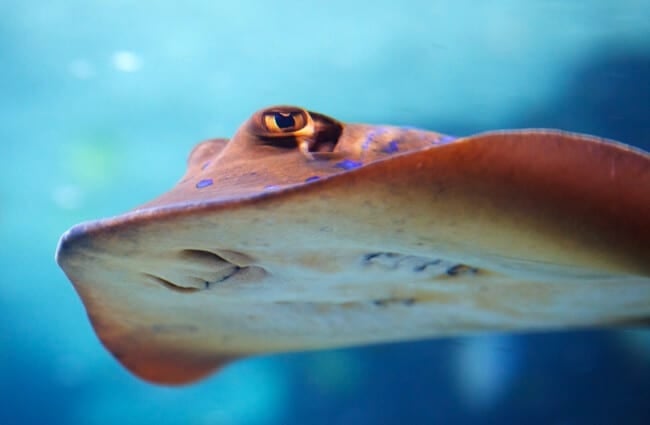
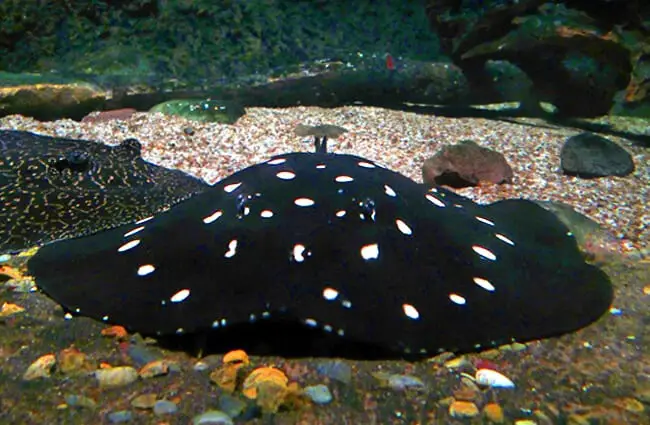

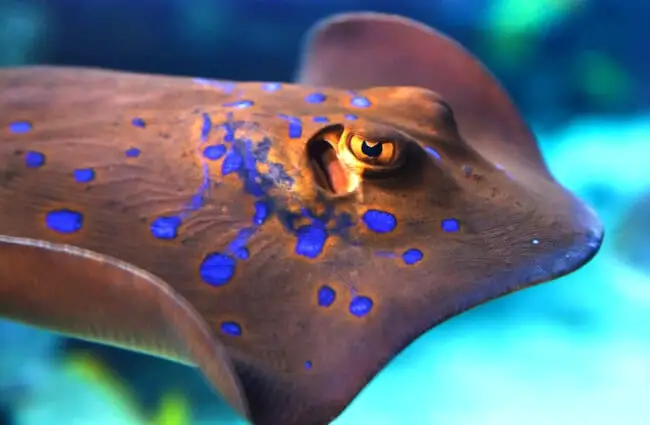

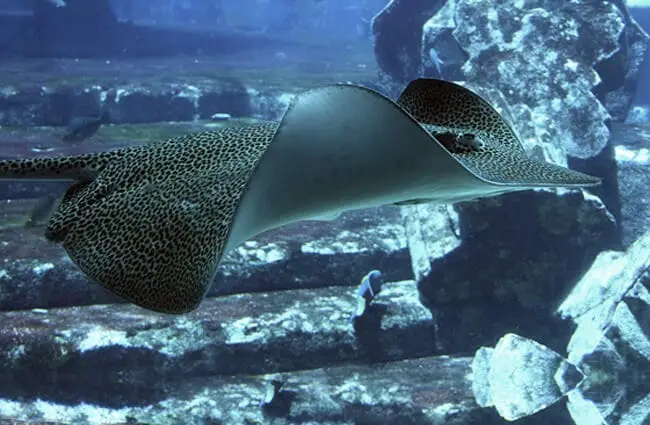

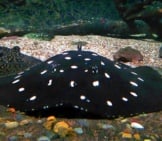
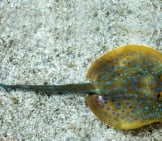


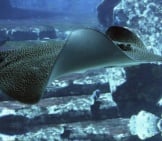
![Red Angus Closeup of a beautiful Red Angus cowPhoto by: U.S. Department of Agriculture [pubic domain]https://creativecommons.org/licenses/by/2.0/](https://animals.net/wp-content/uploads/2020/03/Red-Angus-4-238x178.jpg)












![Red Angus Closeup of a beautiful Red Angus cowPhoto by: U.S. Department of Agriculture [pubic domain]https://creativecommons.org/licenses/by/2.0/](https://animals.net/wp-content/uploads/2020/03/Red-Angus-4-100x75.jpg)

